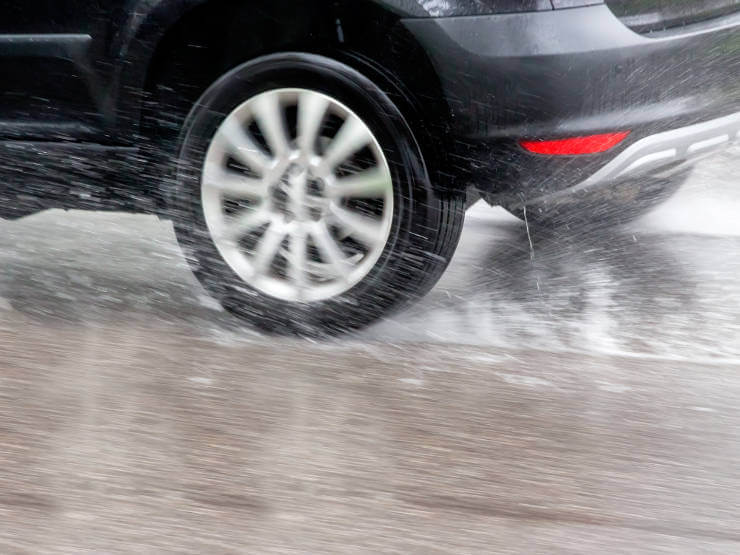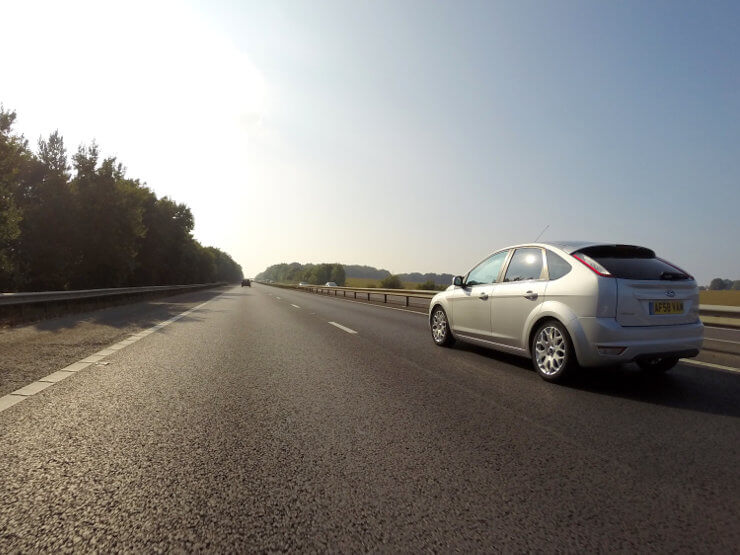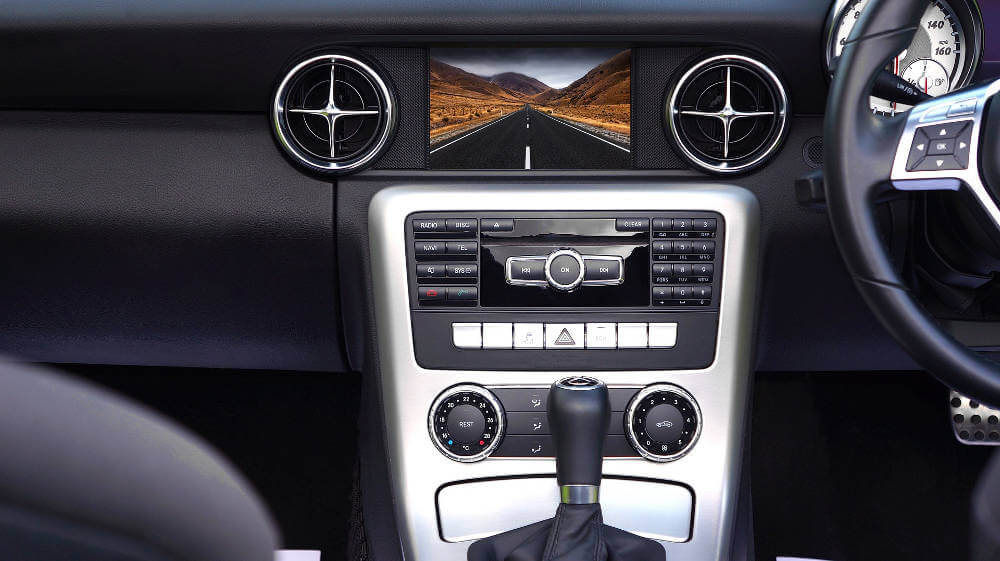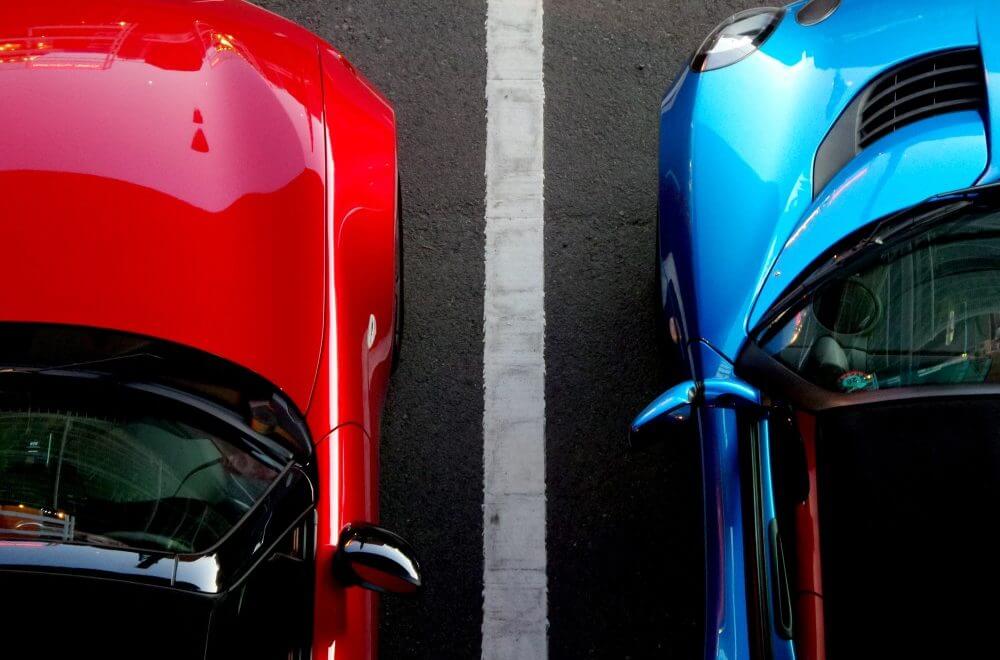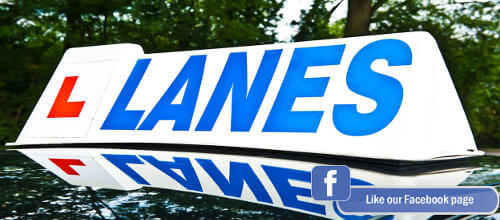Driving safely in wet weather
The recent cold spell has given way to slowly rising temperatures and before we know it, it will officially be springtime and with that comes the rain. The Highway Code sets out a few basics for wet weather driving, but we are going a step further this month by letting you know what you need to be aware of and giving you some tips and tricks to have up your sleeve should you get into problems.Read more

